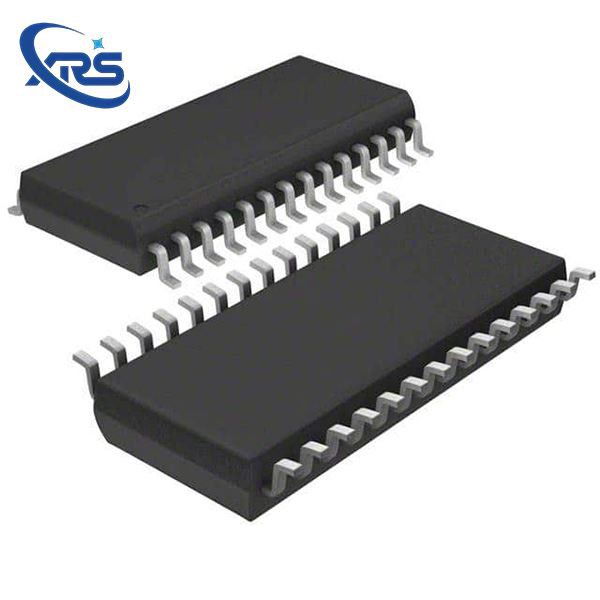Can 74hc595d 118 be used for data storage?
Leave a message
Hey there! As a supplier of the 74hc595d 118, I often get asked if this little chip can be used for data storage. Well, let's dig into it and find out.
First off, the 74hc595d 118 is a popular shift register IC. It's known for its ability to expand the number of output pins on a microcontroller. This is super handy when you've got a project that needs more outputs than your microcontroller can provide natively.
Now, when it comes to data storage, it's important to understand what we mean by that. Data storage can range from short - term buffering to long - term archival. For the 74hc595d 118, it's more about short - term data handling rather than long - term storage.
The 74hc595d 118 has an 8 - bit shift register and an 8 - bit storage register. When data is sent to the chip, it first goes into the shift register. This is a sequential process where bits are shifted in one by one. Once all the bits are in the shift register, a latch signal can be used to transfer the data from the shift register to the storage register. And this is where the confusion about data storage comes in.
The storage register in the 74hc595d 118 can hold the data until it's either overwritten or the power is removed. So, in a sense, it can store data, but it's very different from traditional data storage devices like hard drives or flash memory.
Let's talk about the limitations. The 74hc595d 118 can only store 8 bits of data at a time. That's not a whole lot, especially if you're thinking about storing large amounts of information. Also, the data stored in the chip is volatile. This means that if the power supply is interrupted, the data will be lost.
Another thing to consider is the access speed. The 74hc595d 118 is designed for relatively slow - speed data transfer. It's great for applications where you're driving LEDs, controlling small motors, or interfacing with simple sensors. But if you need high - speed data access and storage, like in a computer system, this chip won't cut it.
However, there are some use cases where the 74hc595d 118's data - holding capabilities can be useful. For example, in a simple LED matrix display, the chip can store the data that determines which LEDs should be on or off. This way, the microcontroller doesn't have to constantly send the same data to the LEDs, freeing up its processing power for other tasks.
Now, let's compare it to some other ICs in the market. There are other chips like the TAS5707PHPR which are designed for audio applications. These chips have different functions and storage requirements. The TAS5707PHPR is focused on audio processing and amplification, and its data storage needs are tailored to that specific task.
Then there are IC Line Driver chips. These are used to drive signals over long distances. They might have some internal buffering, but it's mainly for signal integrity rather than large - scale data storage.
Operational Amplifier Ics are another type of IC. They are used for signal amplification and conditioning. While they might have some small - scale data handling capabilities, they are not designed for data storage in the traditional sense.
So, can the 74hc595d 118 be used for data storage? The answer is yes, but with some big caveats. It's more of a short - term data buffer rather than a full - fledged data storage solution.
If you're working on a project that needs a bit of extra output expansion and short - term data holding, the 74hc595d 118 could be a great choice. And as a supplier, I can offer you high - quality 74hc595d 118 chips at competitive prices. Whether you're a hobbyist working on a small DIY project or a professional in the electronics industry, I'm here to help.
If you're interested in purchasing the 74hc595d 118 or have any questions about its applications, don't hesitate to reach out. Let's start a conversation and see how we can work together to make your project a success.
References


- Datasheet of 74hc595d 118
- General knowledge of electronics components and their applications






